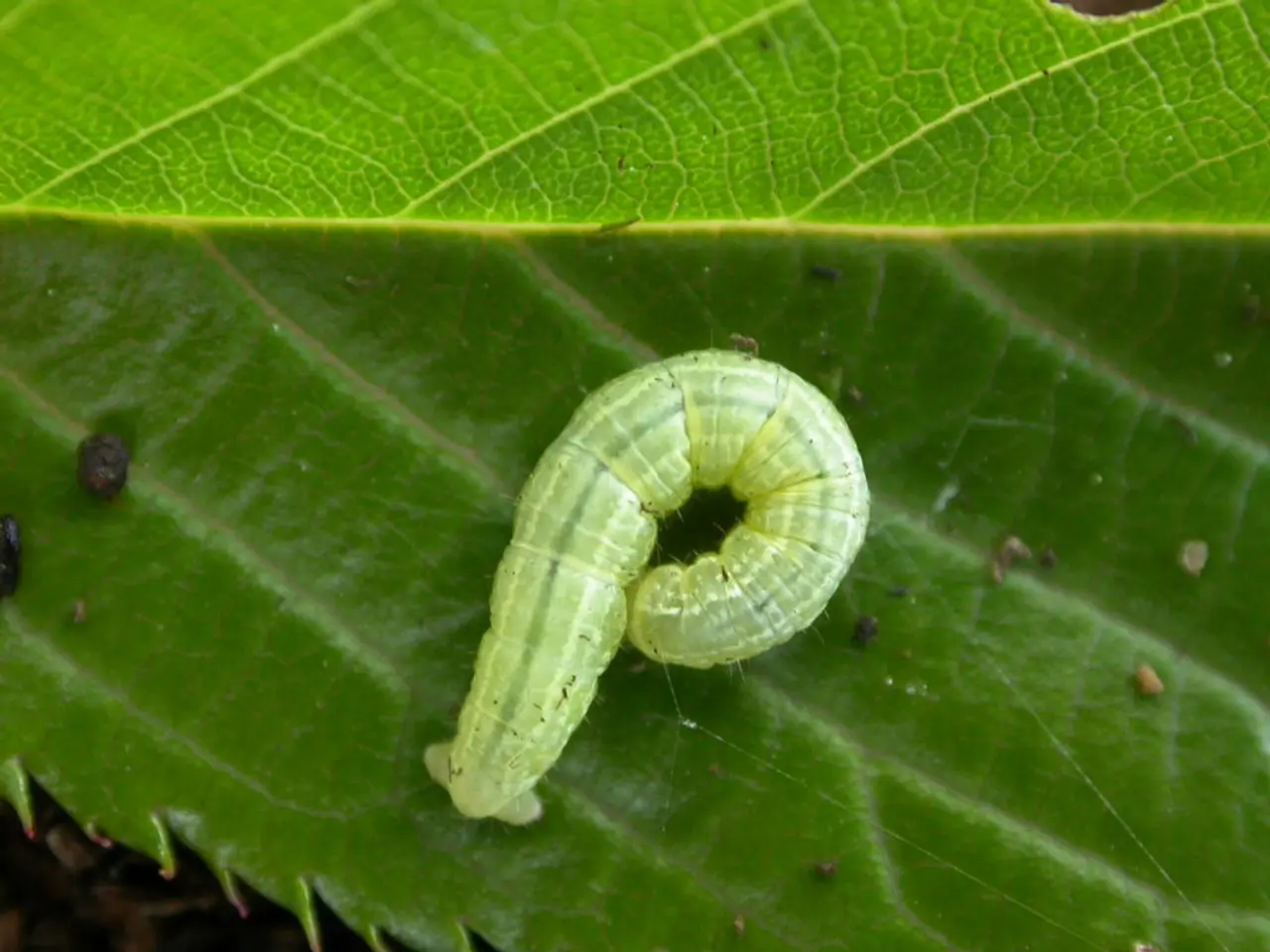Guinea worm disease: A comprehensive overview
In remote regions of Africa and parts of the Middle East, a parasitic disease known as Guinea Worm Infection, or Dracunculiasis, continues to pose a significant health threat. This disease, caused by the Guinea worm, Dracunculus medinensis, can be devastating for those who fall victim to it.
The Guinea worm infection is transmitted primarily through contaminated water sources. When people consume unsafe water that has not been filtered or treated, they ingest water fleas (copepods) infected with Guinea worm larvae. These tiny organisms, known as Cyclops, carry the parasite, continuing the transmission cycle.
Improving water quality through providing safe drinking water sources and simple water filtration devices is a crucial step in reducing new infections. By preventing the ingestion of contaminated water that carries the parasite, the lifecycle of the Guinea worm is interrupted, and new infections are reduced. Water, sanitation, and hygiene (WASH) interventions are therefore essential in the fight against Guinea Worm disease.
Community resistance to new practices, cultural beliefs, and a lack of infrastructure in some regions present challenges in the eradication efforts. However, involving local leaders, organizing clean-up campaigns, and educating communities about the importance of safe water practices can help combat these obstacles.
Treatment for Guinea Worm Infection primarily focuses on the removal of the adult worm and managing symptoms. The most effective treatment involves manual extraction, performed by a healthcare professional who carefully winds the worm around a stick or similar object, pulling it out gradually to minimize pain and prevent breaking the worm. Over-the-counter pain relievers such as ibuprofen or acetaminophen can help alleviate discomfort during the treatment process.
Preventing Guinea Worm Infection is possible through improved access to clean drinking water and education about the disease. Raising awareness about Guinea Worm Infection is vital for prevention. Educational programs can help communities understand how the infection spreads and the importance of hygiene.
Promoting the use of covered water containers, encouraging handwashing, and proper sanitation can significantly reduce the risk of Guinea Worm Infection. Establishing monitoring systems can help communities set up systems to monitor water quality and report any cases of infection.
Understanding the risk factors associated with Guinea Worm infection is essential for effective prevention strategies. Certain populations are more vulnerable to this disease due to various socio-economic and environmental conditions. Demographic and socioeconomic factors that increase the risk of Guinea worm infection include rural communities, poverty, age, and gender.
The World Health Organization (WHO) and the Centers for Disease Control and Prevention (CDC) provide resources and updates on Guinea Worm Infection. To learn more about Guinea worm infection and other health-related topics, consider visiting our platform AI, a valuable resource for evidence-based health answers.
By understanding the transmission dynamics and risk factors associated with Guinea worm infection, communities can implement effective prevention strategies to combat this ancient disease. Early diagnosis is vital, as it can help prevent complications and reduce the risk of transmission. Implementing reporting systems can help in timely interventions for Guinea Worm Infection cases.
Eradicating Guinea Worm Infection is a complex and ongoing challenge, but with continued efforts, education, and access to clean water, it is a goal within reach.
- To minimize occurrences of Guinea Worm infection, it is vital to implement water, sanitation, and hygiene (WASH) interventions, focusing on providing safe drinking water sources and education about the disease.
- In remote regions where Guinea Worm infection persists, conducting clean-up campaigns, educating communities, and involving local leaders can help overcome challenges posed by resistance, cultural beliefs, and a lack of infrastructure.




